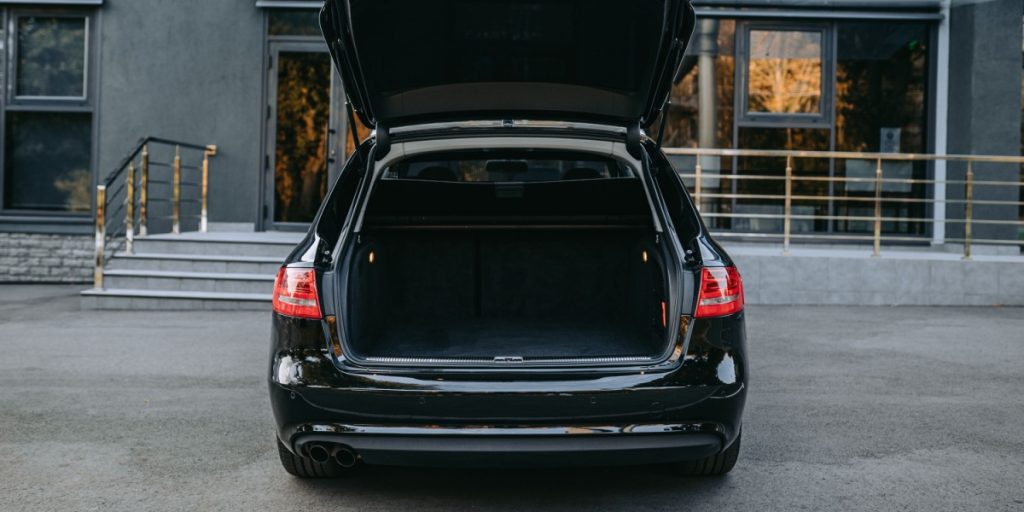A shocking study reveals that the dirtiest place in your car isn’t the steering wheel or seat — it’s the trunk.
Others are reading now
A new study from Aston University has revealed that the interior of your car — especially the trunk — can harbor more bacteria than the average toilet seat.
Conducted in partnership with Scrap Car Comparison, the research examined hygiene levels in used cars and uncovered some startling findings.
The biggest shock? The trunk, where many people store groceries, sports equipment, or even pets, contained an average of 1,425 different types of bacteria — far more than the steering wheel, which came in at just 146.
Dr. Jonathan Cox, a microbiologist at Aston University, says the findings are a wake-up call.
Also read
Whether we clean our cars or not, they generally get dirtier the older they are,” he explains. “It’s especially relevant when we think about parts like the trunk or the driver’s seat — many of us have put loose food there or dropped snacks and then eaten them without a second thought.
Used Cars, Used Germs
With the used car market booming, more people are driving vehicles with unknown ownership and cleaning histories. This makes cleanliness — and microbial safety — even more important.
The study found a clear trend: older cars tend to accumulate more bacteria over time, regardless of how often they’re cleaned.
Researchers collected samples from various parts of the car interior, including seats, door handles, and trunks. The results showed that multiple bacterial strains were present, some of which can be harmful to human health.
Among the bacteria found were Pseudomonas, which can include antibiotic-resistant strains, and Staphylococcus aureus, a bacterium linked to infections that can cause coughing, sneezing, or in severe cases, MRSA — a type of staph infection that’s difficult to treat due to its resistance to antibiotics.
These microorganisms can survive for long periods on surfaces, especially in enclosed, warm environments like a car cabin, where food particles, sweat, and dust accumulate.
How to Protect Yourself
- Clean regularly: Vacuum carpets and upholstery, disinfect frequently touched surfaces, and don’t forget the trunk.
- Avoid leaving food inside: Even small crumbs can feed bacterial colonies.
- Professional detailing: Especially if you’ve bought a used car, consider having it professionally deep-cleaned.
- Use protective liners in the trunk: These can be removed and washed to reduce bacteria buildup.
“Good car care is about more than keeping it shiny on the outside,” says Dr. Cox. “Interior hygiene plays a big role in protecting your health, especially as cars age.”
Even if your car looks clean, it might be teeming with invisible microbes — especially if it’s been through multiple owners. And while it might not be your fault, it’s your responsibility to keep your car as safe as your home.

